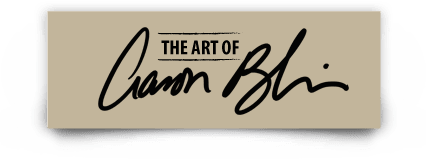 |
||||
| I first like to start with a textured, toned background. |
 |
| I then rough in the layout. This is where I resize and move things around to get the composition right. |
 |
| I then lighten that level, and create a new level to start the more refined rendering. |
 |
| Once the drawing is done I roughly start laying in local color. I set this level on multiply so that I can retain the texture underneath. |



































































